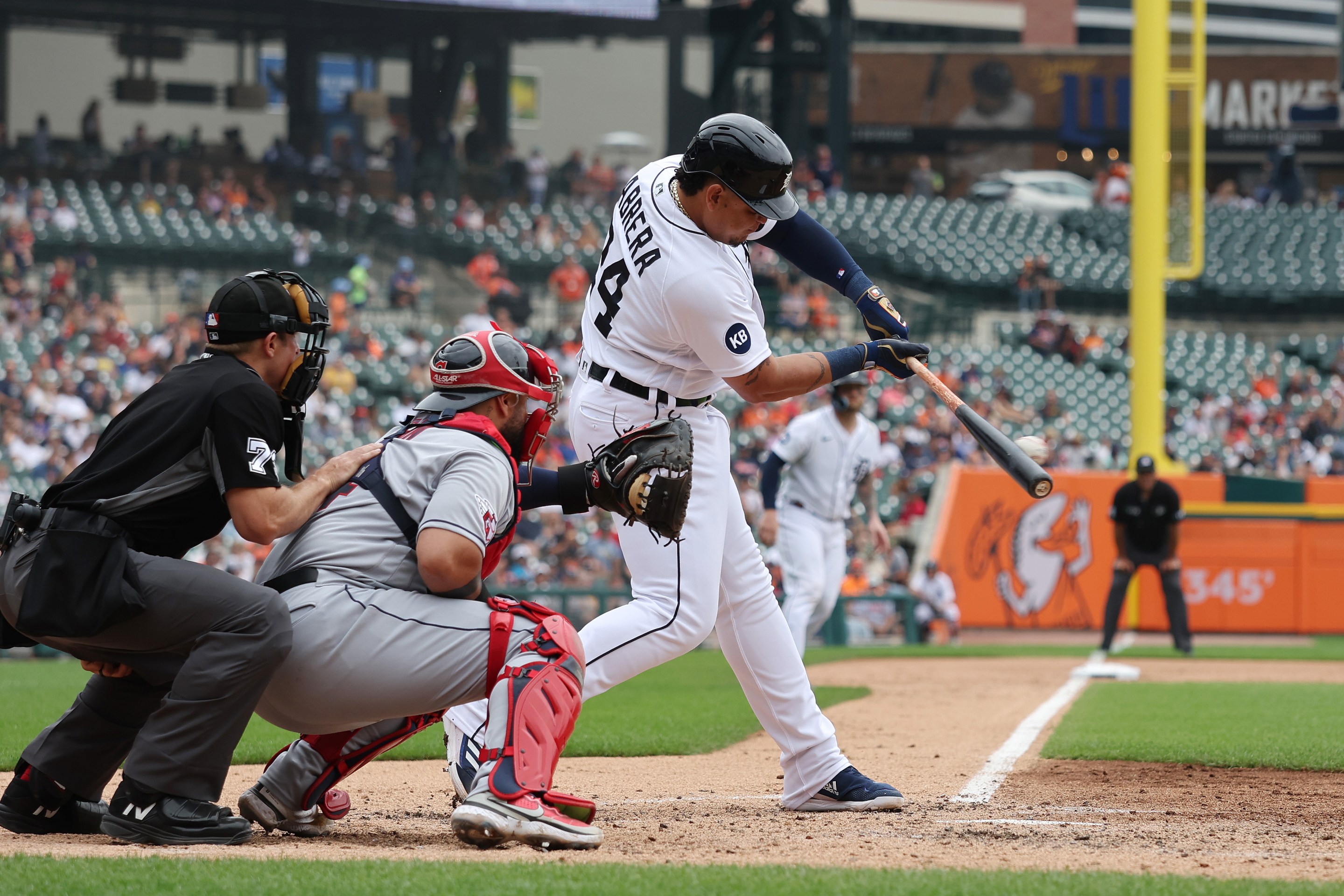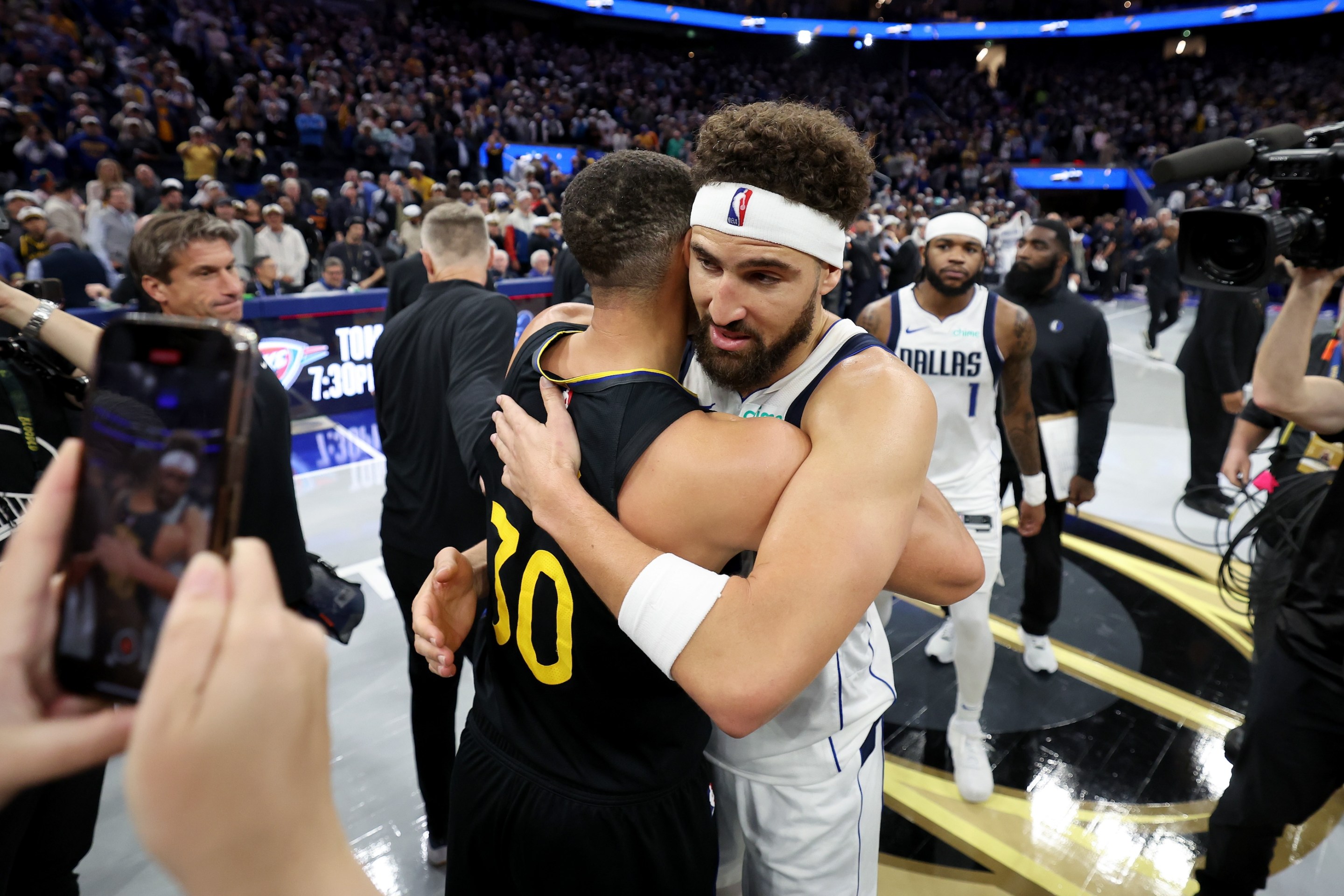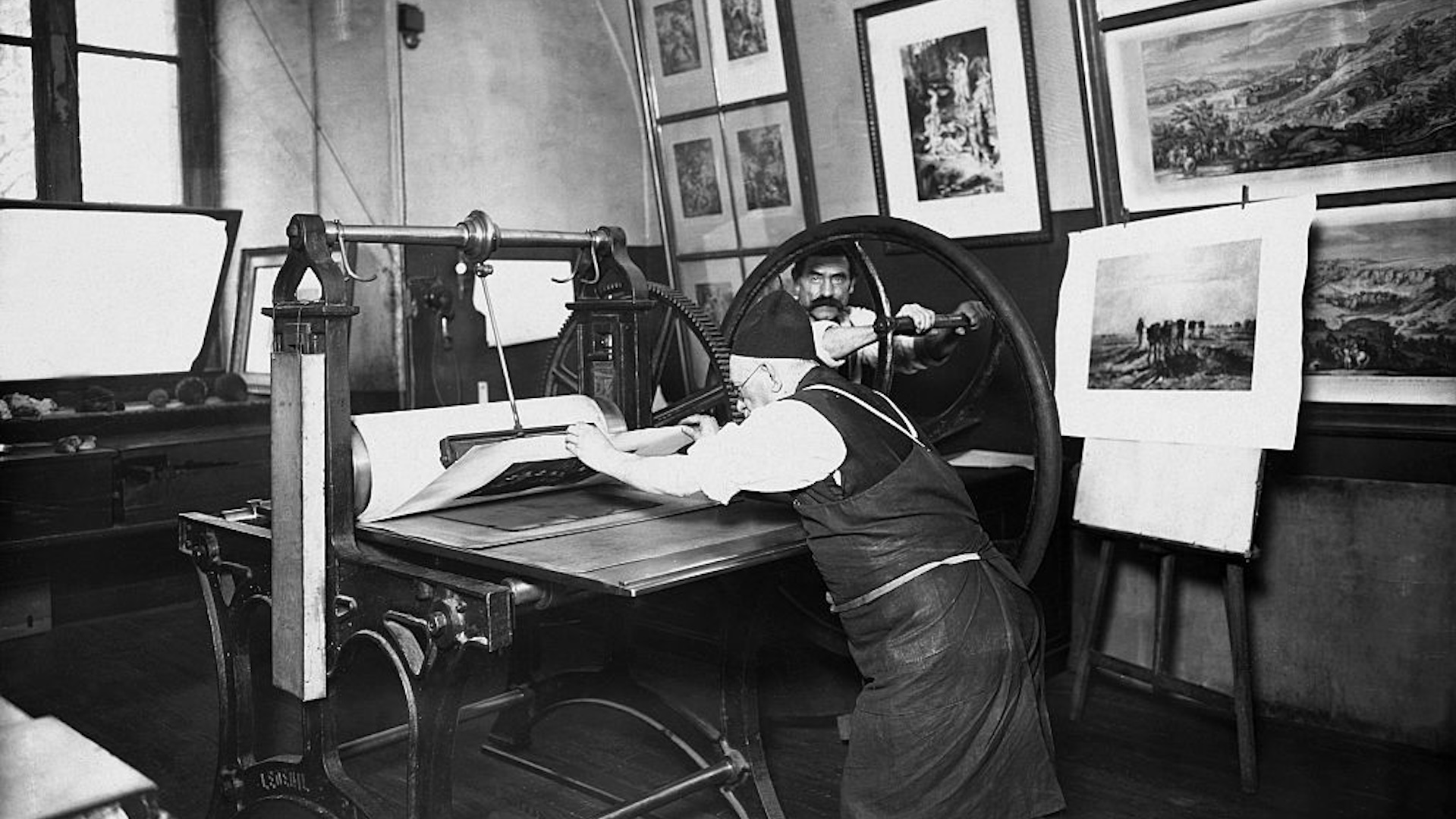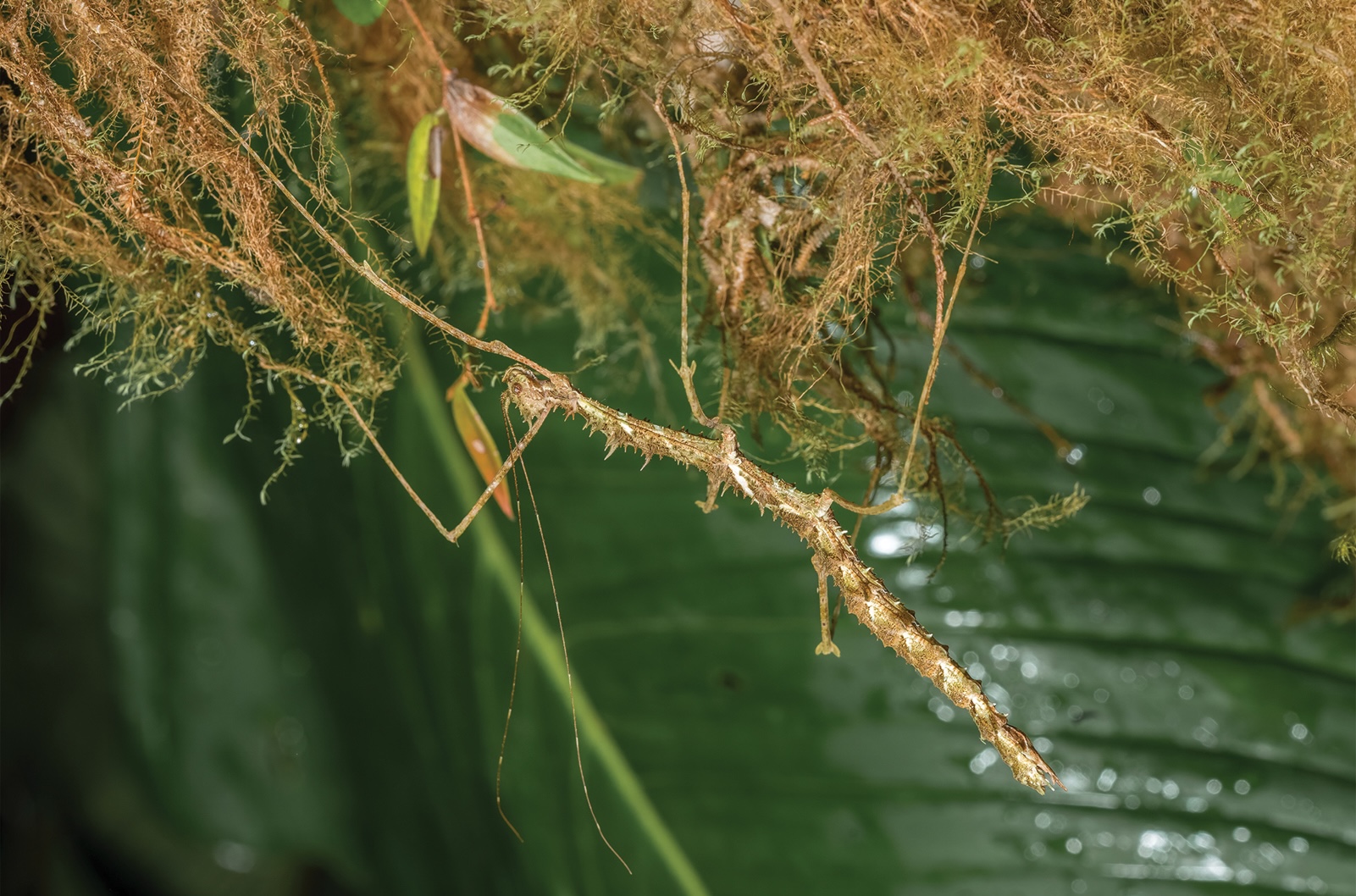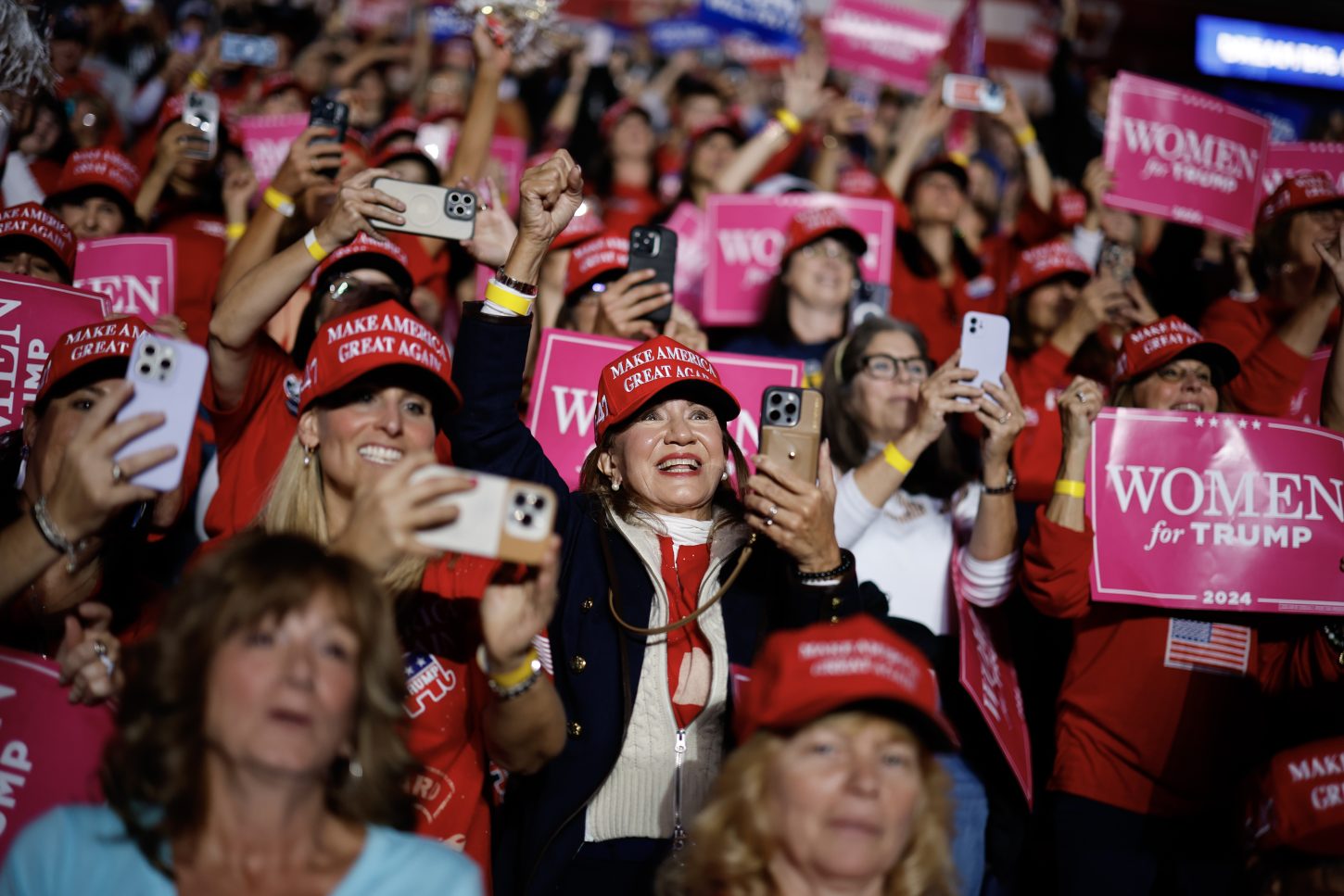Miguel Cabrera is 39 years old and currently riding a 13-game hit streak. Thanks to a mid-summer heat-up the Tigers DH has bumped his batting average all the way to .308, or 15th in MLB. Dig a little deeper and it becomes plain that his current numbers aren't a Lazarus-like restoration to the slugger of old, and the statistical value of what he's providing his team isn't all that impressive. But Cabrera has found a more graceful way than most to be an aging hitter at the highest level.
It continued on Wednesday with a much-needed high point in what has otherwise been another dismal Tigers year. As Detroit wrapped up a four-game sweep of the Cleveland Guardians, in which Cabrera had already been responsible for a couple of key knocks, the old man picked up a season-high three RBI as part of an 8-2 beatdown. While in prior years that feat more likely would have been achieved through a three-run dong or a bases-clearing double, this time it came from a sacrifice fly and a little slap that poked through the infield.
¡Hit 3.065 de Miguel Cabrera!
— El Extrabase ⚾️ (@ElExtrabase) July 6, 2022
Son 13 juegos consecutivos conectando al menos un hit. #DetroitRoots | #ElExtrabase⚾️🇻🇪 pic.twitter.com/dU8hFkXuhQ
That's what Cabrera is doing more than anything now—he's putting the ball in play somewhere that fielders can't reach. He hasn't homered since May 15, and in that span he has mustered a mere two doubles and, to no one's surprise, zero triples. But nevertheless, his average has continued to rise. After a slow start in April where he hit just .258, Cabrera has managed to hit at .314 or above in each subsequent month. The power that once blasted 44 dingers in back-to-back seasons has left him as surely and completely as those balls used to leave the yard, but as he approaches his third decade in MLB, Cabrera is still capable of making contact, and that contact is translating to hits.
My first assumption as I watched this new Michiro in action was that pitchers were no longer afraid to throw Cabrera strikes, letting him meet stuff in the zone and then taking chances with balls in play. But the numbers don't actually back that up. Per Baseball Info Solutions, only 40.9 percent of pitches to Cabrera this season have been in the strike zone, compared to a career rate of 44.7. It appears, instead, that having guys around Cabrera who could actually get on base opened up the strike zone more than his transition to slap hitter has. Even with that dip in good pitches to hit, though, Cabrera is talking fewer walks than ever, at a career low pace of 5.5 percent.
So it does bear out, then, that Cabrera is being a little more aggressive than he used to be, swinging slightly more on pitches inside the zone and noticeably more at pitches outside the zone for a total rate of exactly 50 percent, versus 49 on his career. His ability to make contact has in fact declined as well, and he's striking out at a career-worst 24.8 percent rate. But when he does connect, magic happens. Cabrera is making hard contact less often, but his balls in play are finding daylight with unparalleled frequency. Take away the walks, strikeouts, and home runs and Cabrera's batting average on balls in play is an astonishing .403, which leads all MLBers with at least 100 plate appearances. That stat is made even weirder by the fact that Cabrera is one of the absolute slowest men in baseball, meaning he can't get on by running out infield singles.
The instinctive reaction to these stats is to say that Miggy is currently enjoying an incredible streak of lucky at-bats. While a lot of his hits are finding a nice arcing sweet spot where they fly above the infielders and land ahead of the outfielders, watching Cabrera hit in 2022 also involves seeing a lot of near-misses: a chopper that has just enough speed to pass the shortstop; a lofted ball that defies gravity just long enough to escape the second baseman's glove. There's only so much control a hitter can actually exercise over these events, the thinking goes, so it shouldn't be a surprise if the time comes when these balls move more often toward gloves instead of grass.
That's not exactly wrong, but I think Cabrera deserves credit for actively trying to minimize all the factors that would drag him back down below .300. Had Cabrera continued to try to be the power hitter of old, we would be seeing lots and lots of fly-ball outs, as swings that used to find the seats instead died 300 feet from home. But Cabrera this year is hitting flies on just 21.7 percent of his contact—only the second time ever, along with an injury-hampered 2018, that number has dipped below 30. Instead, Cabrera is topping the ball and hitting it at a flatter angle, giving himself a puncher's chance of finding a hole. Maybe most impressively, he's hitting these grounders while remaining gloriously shift-proof, as the Statcast spray chart so clearly illustrates:

The physical gifts are a shadow of what they once were, but the hitting genius remains, and if nothing else it makes Cabrera a reliable asset in big spots. He's hitting a league-best .458—all singles—with runners in scoring position and two outs, as he approaches key situations with a focus that has seemingly no vestigial reflexes of what he used to do, instead simply trying to guide the ball along the path of least resistance.
"I just think he understands more and more who he is right now in his career, in his life and his role on this team," his manager, A.J. Hinch, said this week. "I think his ability to think the game is impressive at a time where it'd be really easy for him to want to sell out and be the hero in a different way. He'll just take what the game gives him."
Although it's easy to appreciate the competence of a slugger in decline finding a new way to contribute, the question of how much this actually matters still lingers. This is, after all, a DH with no power on a 34-47 baseball team, and though he does stand out in a lineup as ugly as Detroit's, his shortcomings in power, fielding, and baserunning would combine to make him, on the whole, a non-factor on a good team.
So, yes, maybe this kind of hit streak wouldn't mean much for almost any other player. But Miguel Cabrera is different, both because of what he once was and because of what he still strives to be. Blessed with an enormous contract and gifted an untouchable spot as the only household name on a tanking franchise, he carried on when others might have retired. His fearsome aura suffered as a result, and often times fans hoped not that he could get a hit but just that he could avoid a double play. Though his pursuits of 500 and 3,000 brought new waves of excitement and adulation, you could tell how much it bothered Cabrera when he couldn't deliver quite like he used to.
History will see this as one of Miguel Cabrera's lesser seasons, but it's still one to be proud of. Whatever his "actual" worth might be, this is a tangible run of success at an age where few other hitters have been able to stay above water. He's hitting .300. He's leading the team in RBI. He's coming through in the clutch. Instead of an elderly albatross trotting out game after game as a symbol of his franchise's decline, he is instead providing his team with some sorely needed good feelings. Hopefully it gets him one last trip to the All-Star Game.
